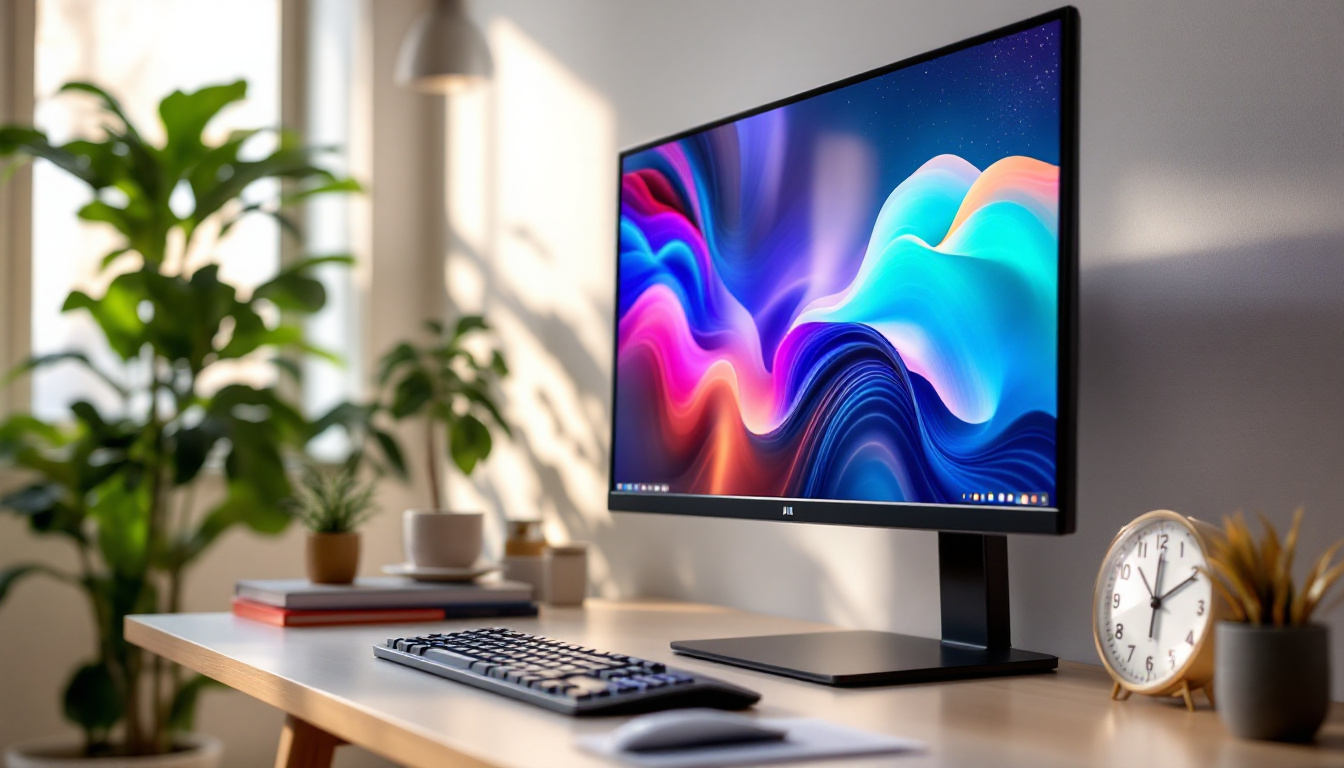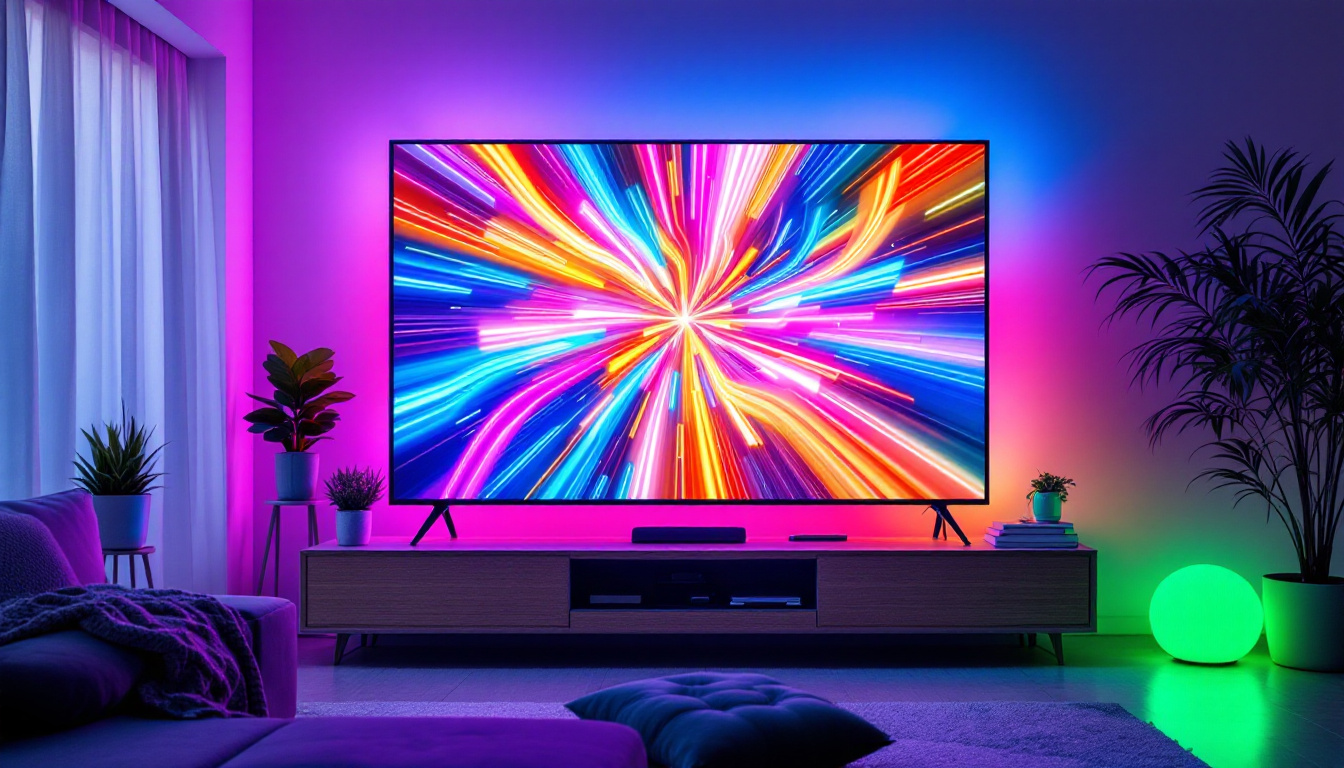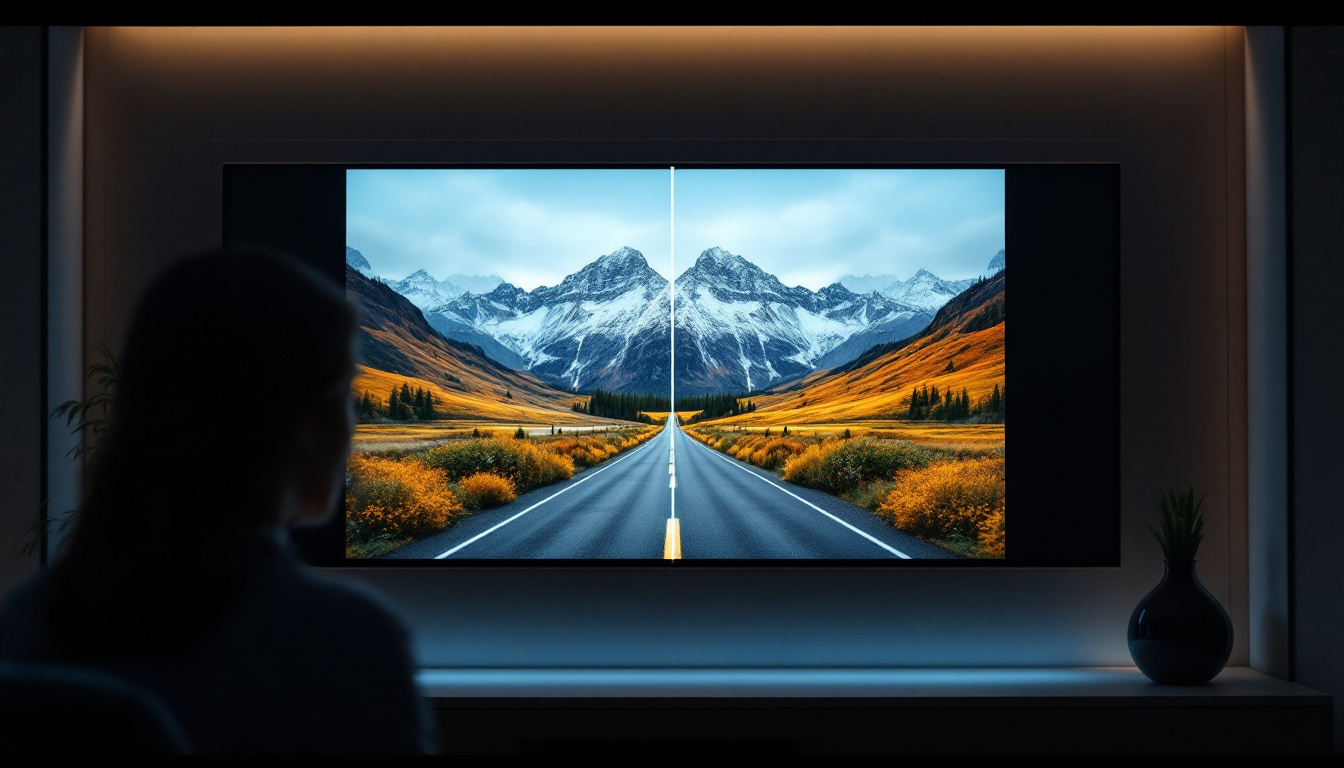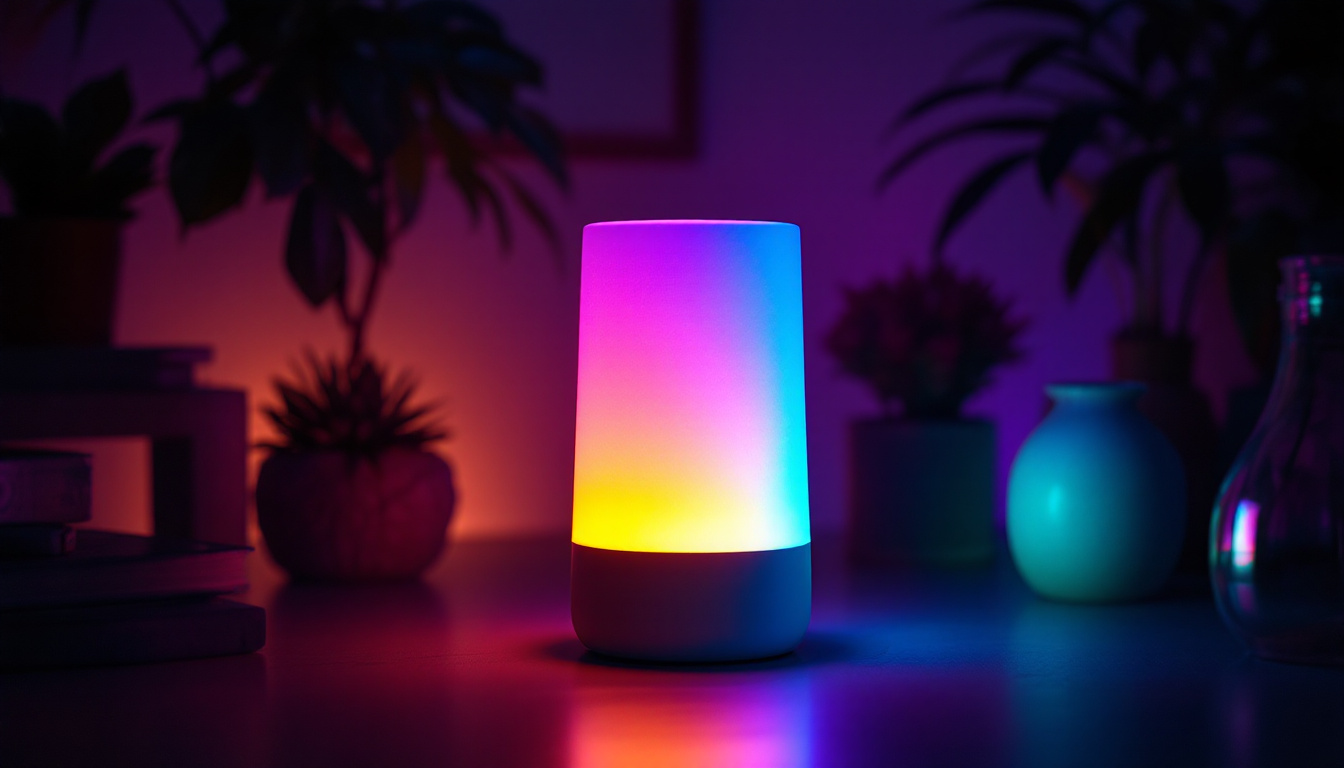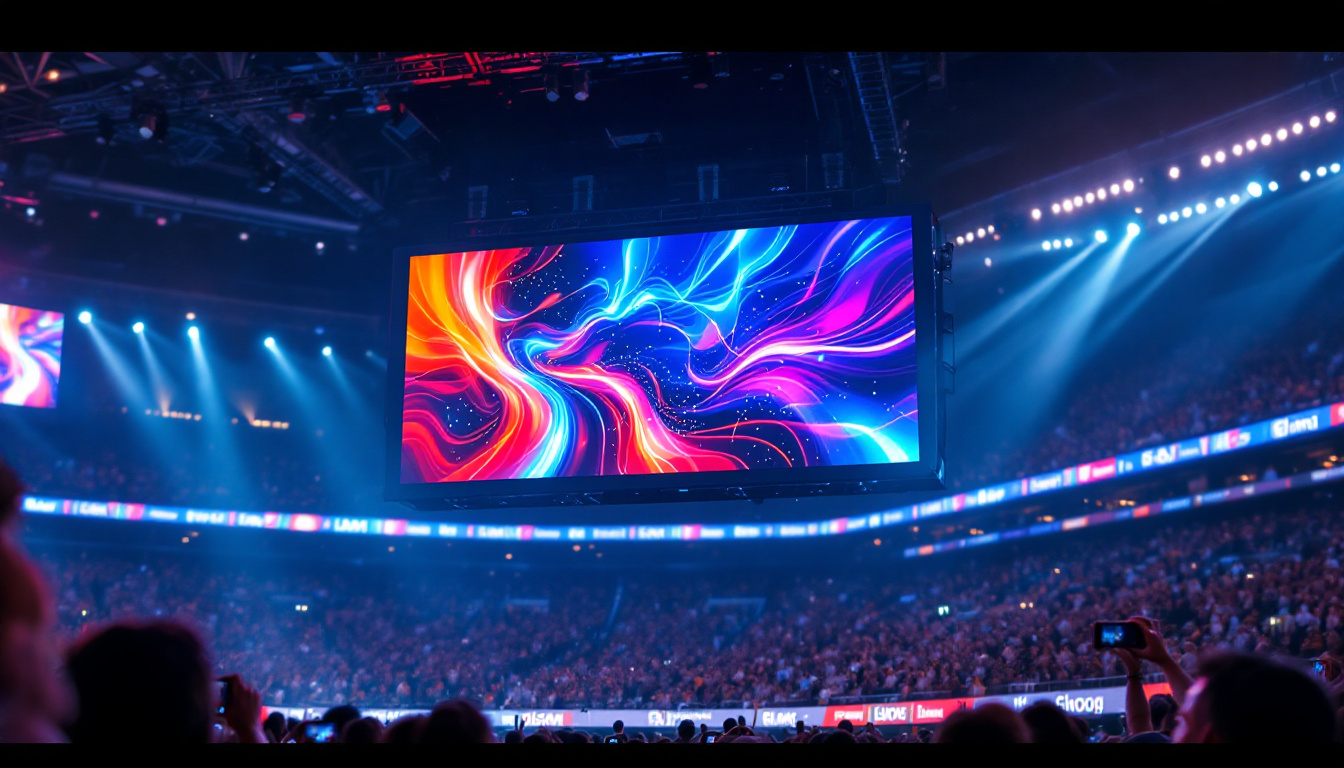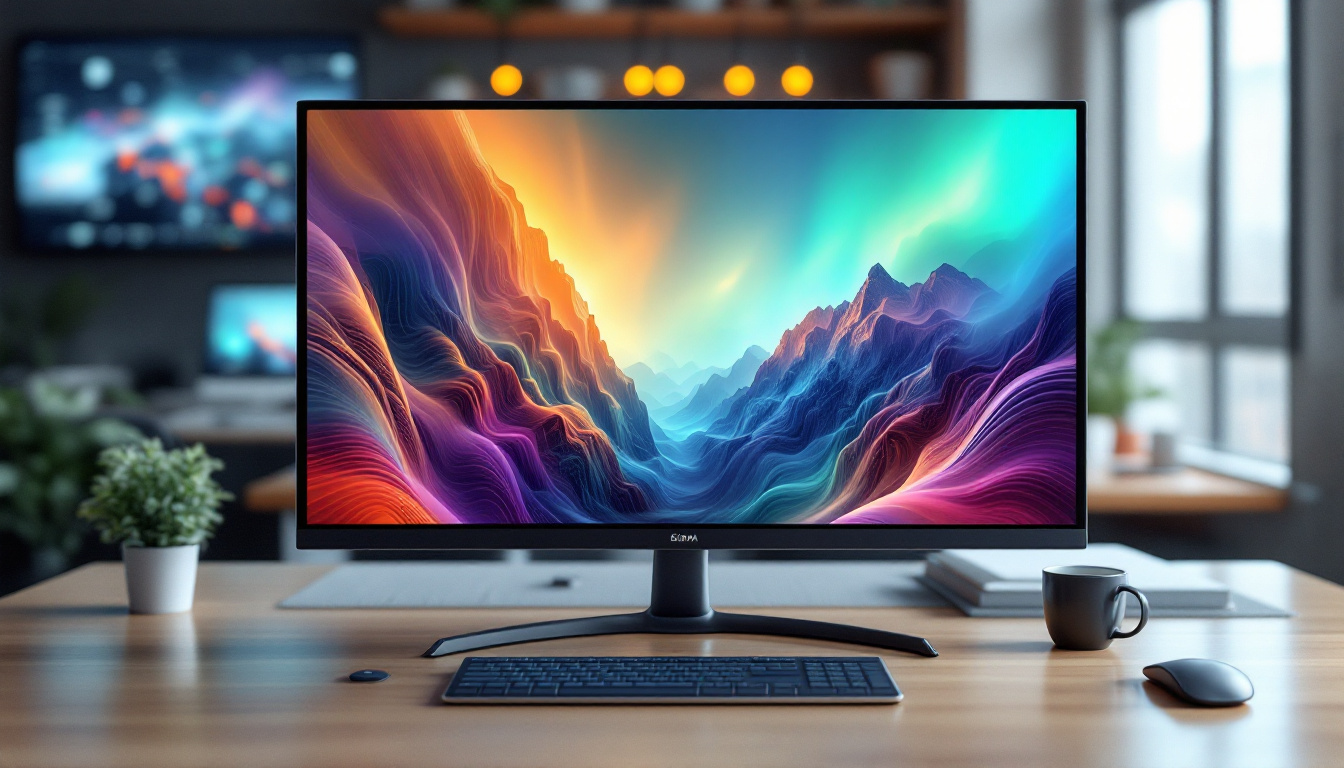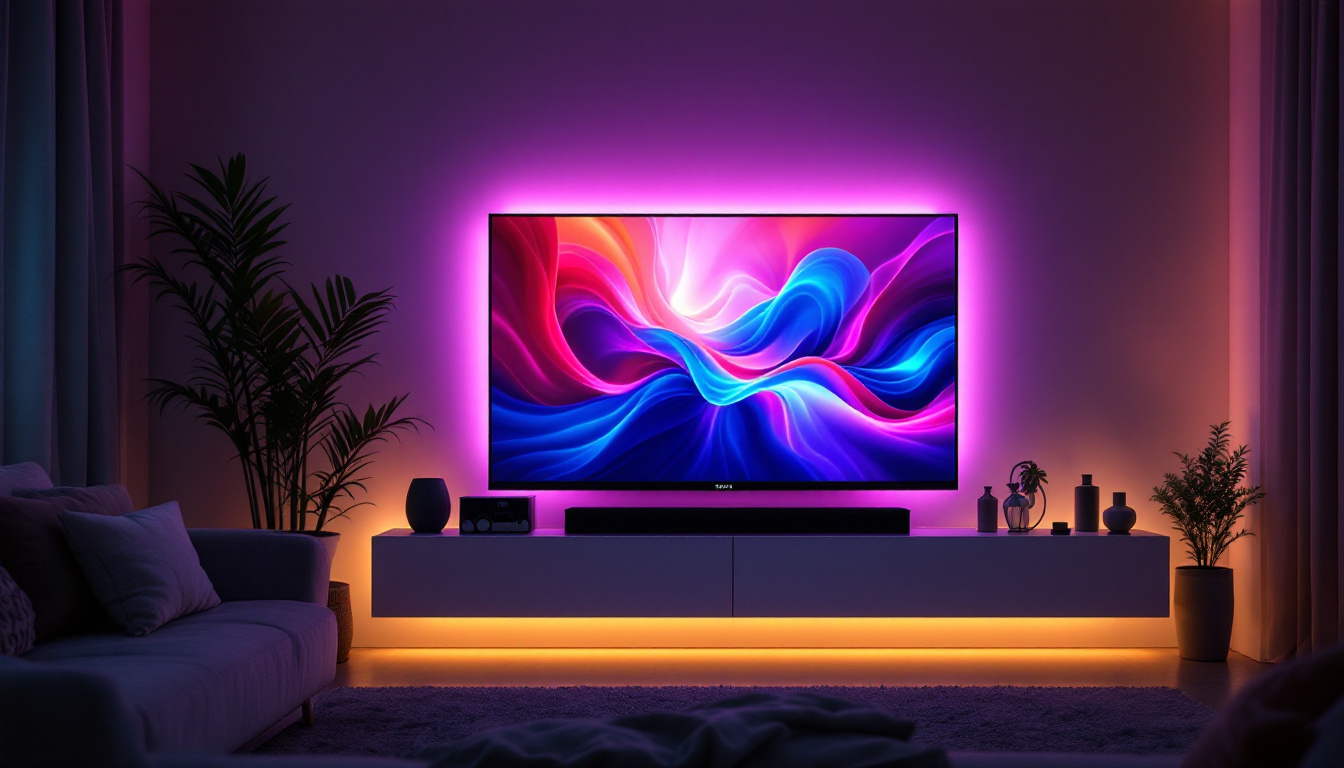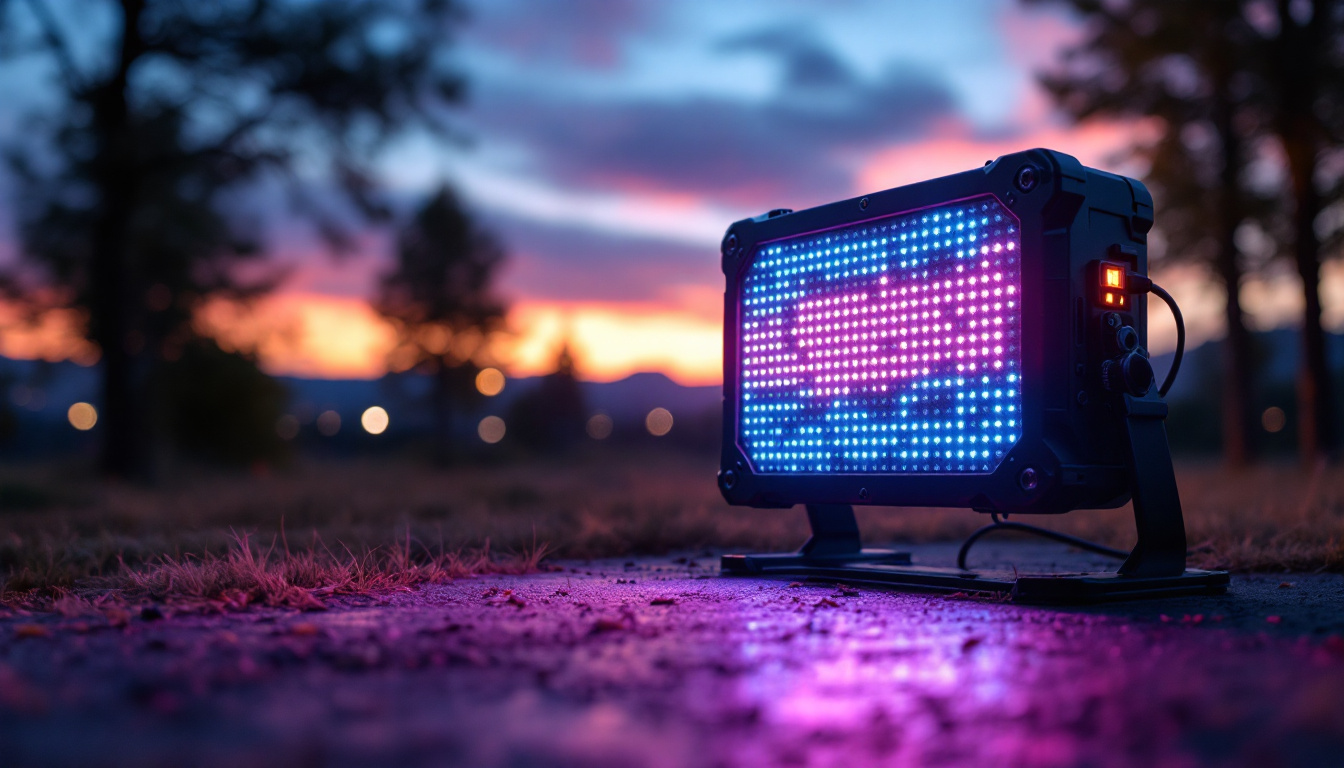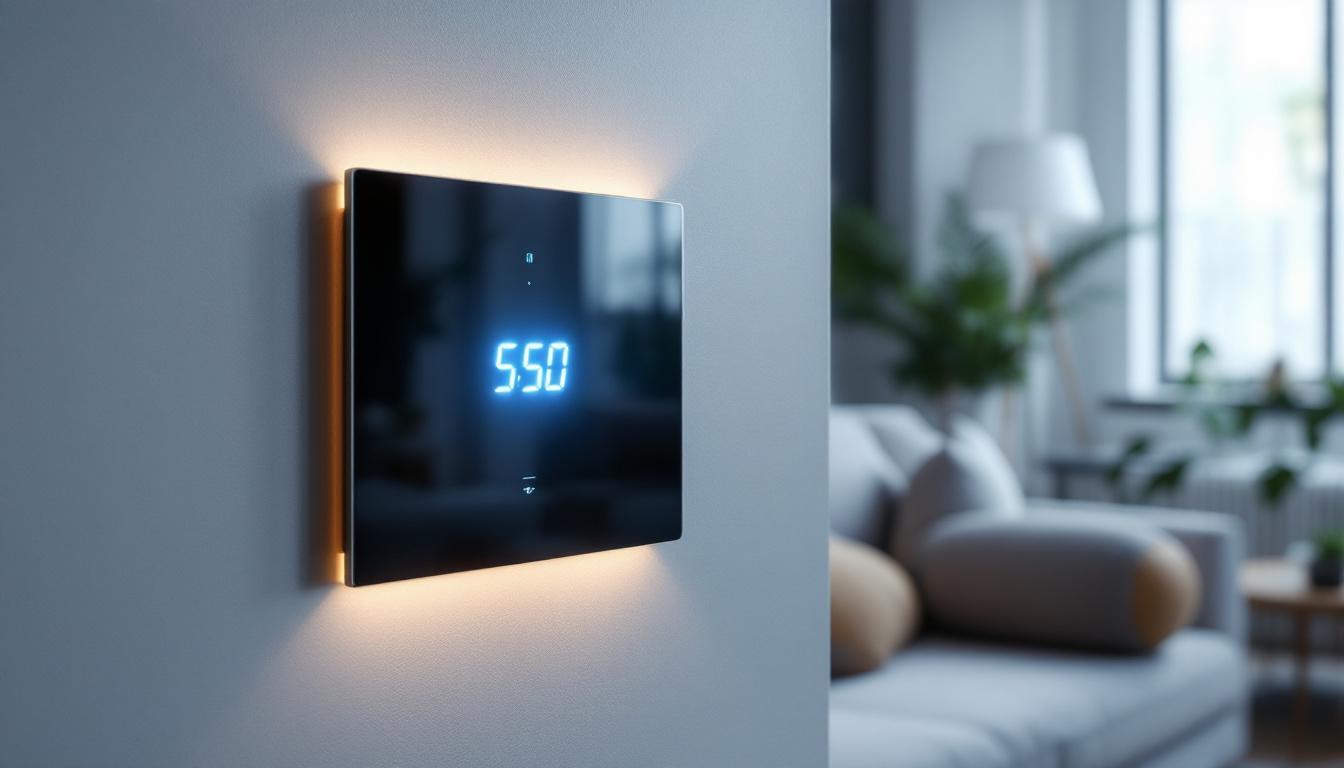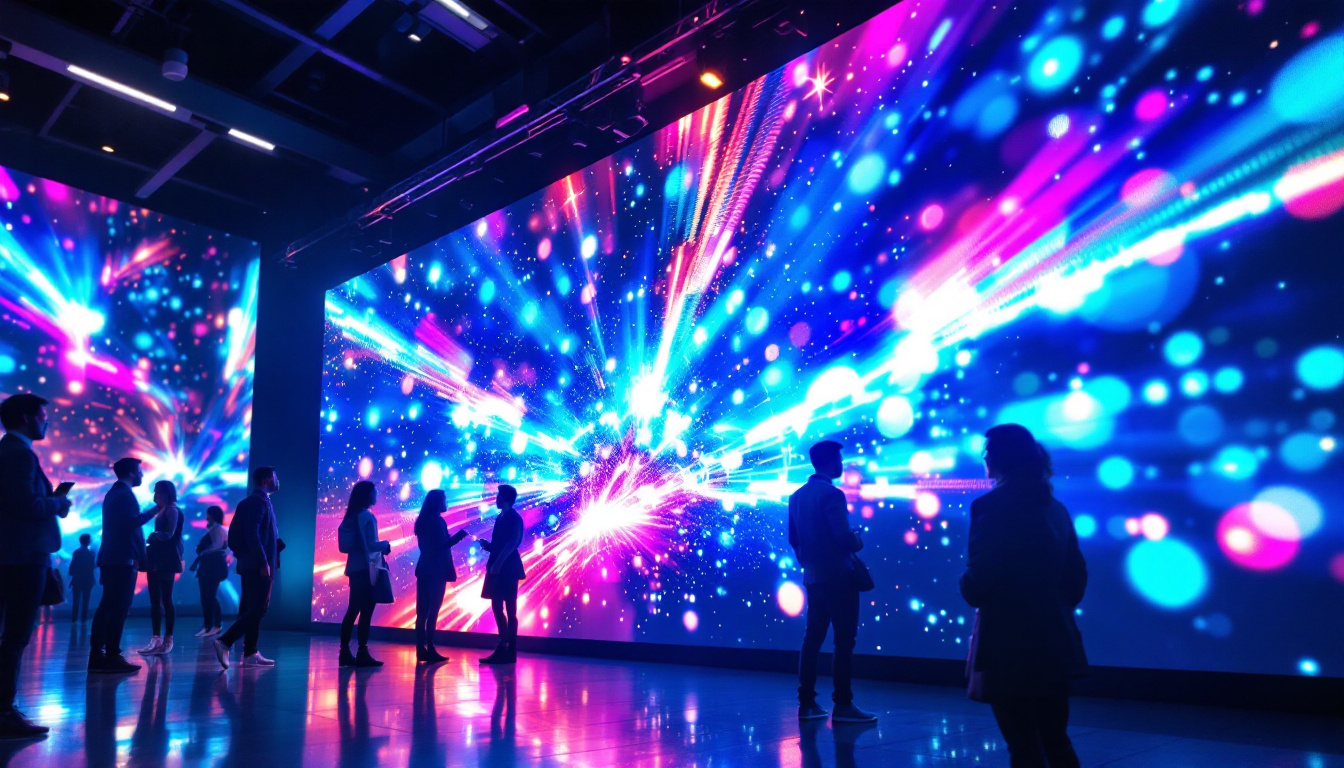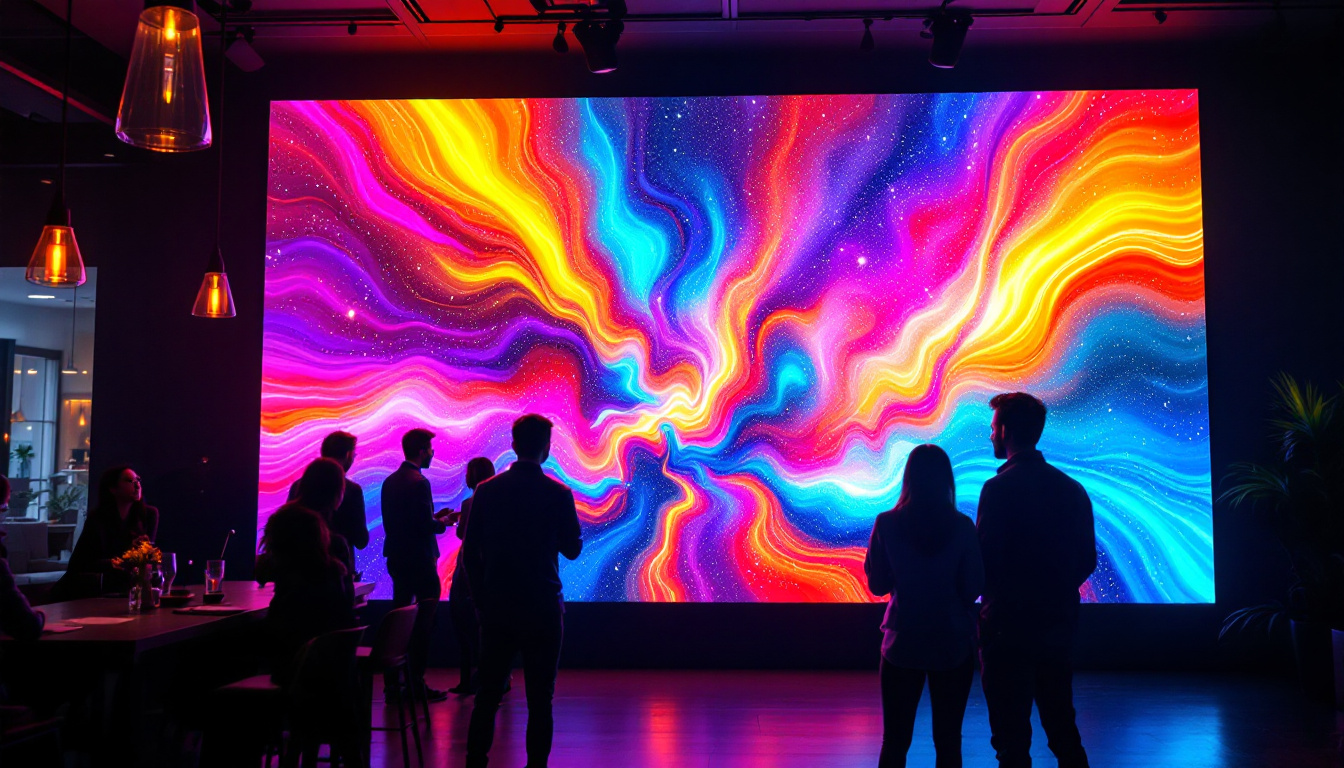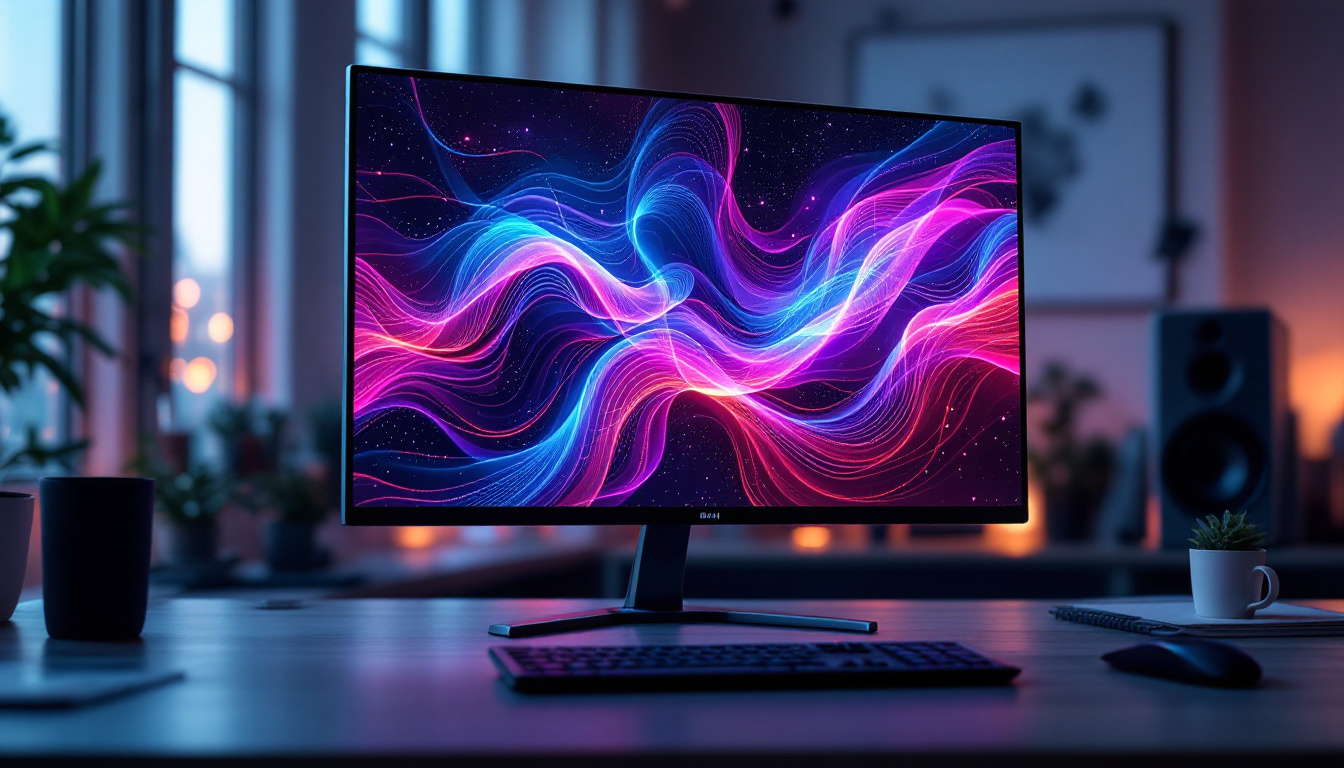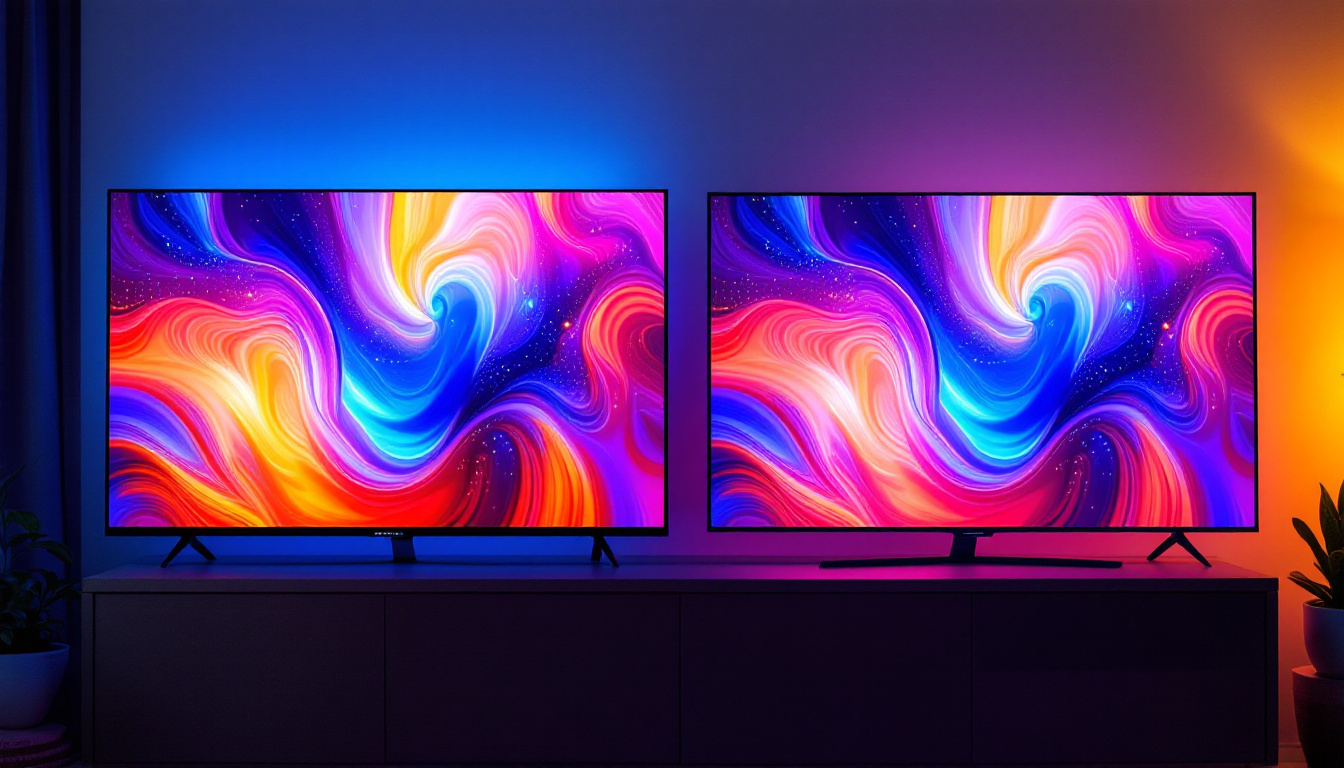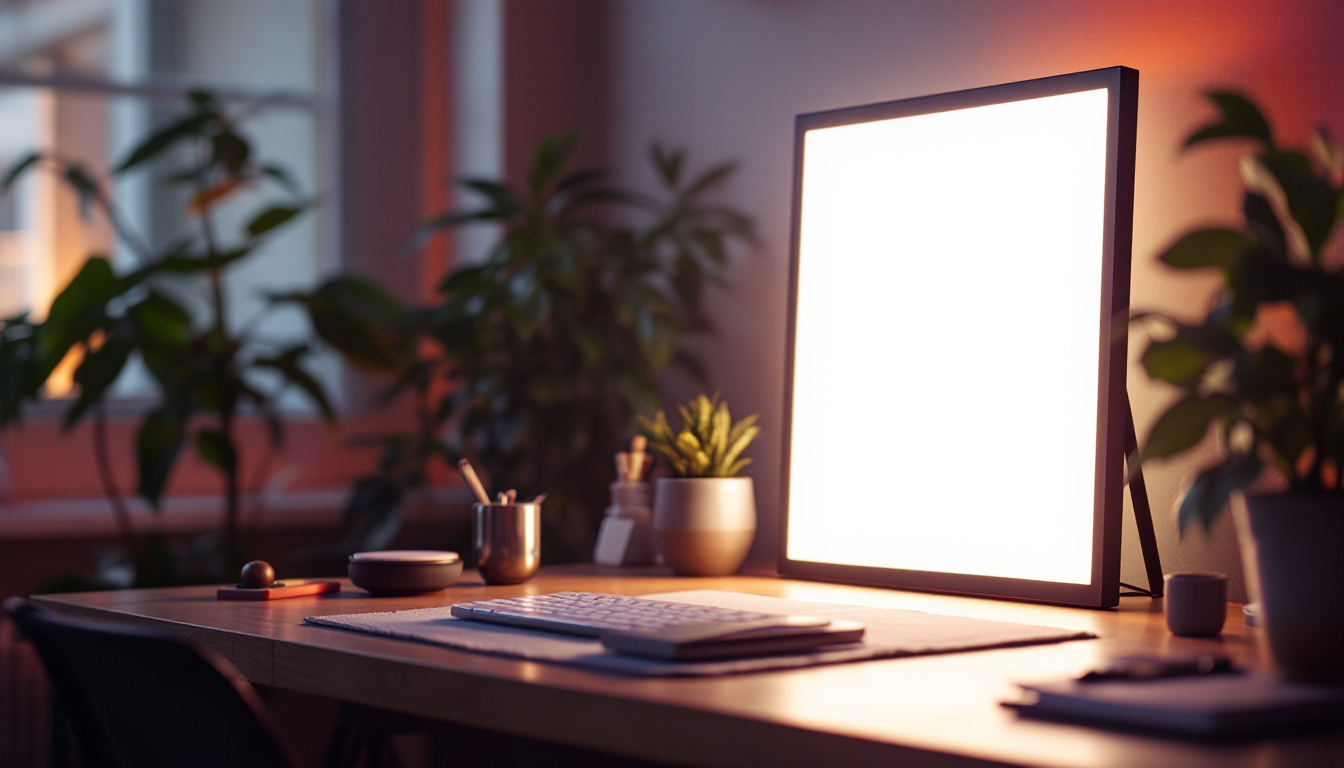In the world of technology, the importance of display quality and ergonomics cannot be overstated. A 42-inch monitor stand is not just a piece of furniture; it is a crucial element that enhances the user experience, particularly when paired with an LED display. This article delves into the intricacies of 42-inch monitor stands, their compatibility with LED displays, and the advantages they offer for both home and office environments.
Understanding Monitor Stands
Monitor stands serve a fundamental purpose: to elevate the display to eye level, thereby promoting better posture and reducing neck strain. However, the right stand goes beyond mere elevation; it can significantly impact the overall aesthetic and functionality of a workspace.
The Importance of Ergonomics
Ergonomics plays a pivotal role in the design of monitor stands. An ideal stand should allow for adjustable height settings, enabling users to find their optimal viewing angle. This is particularly important for individuals who spend long hours in front of their screens, as improper positioning can lead to discomfort and even chronic pain.
Moreover, a well-designed stand can help maintain a clean and organized workspace. By providing space for other devices or storage solutions, it can contribute to a more efficient working environment. For instance, many modern monitor stands come equipped with built-in compartments or cable management systems that help to minimize clutter, keeping essential items within reach while ensuring that unsightly wires are neatly tucked away. This not only enhances the visual appeal of the workspace but also promotes a more focused and productive atmosphere.
Types of Monitor Stands
When selecting a monitor stand, it’s essential to consider the various types available. Fixed stands are the most basic option, providing a stable platform at a set height. Adjustable stands offer more flexibility, allowing users to modify the height according to their needs.
For those seeking a more versatile solution, articulating stands can be an excellent choice. These stands allow for tilting, swiveling, and rotating the monitor, providing a customizable viewing experience that can adapt to different tasks or preferences. Additionally, some advanced models feature dual monitor setups, which are ideal for multitaskers who need to switch between applications seamlessly. This setup not only increases productivity but also enhances the overall user experience by providing ample screen real estate for various workflows. Furthermore, when considering the aesthetic aspect, many stands come in a variety of materials and finishes, from sleek metal designs to warm wooden textures, allowing users to choose one that complements their personal style and workspace decor.
LED Displays: A Brief Overview
LED (Light Emitting Diode) displays have revolutionized the way we interact with technology. Known for their vibrant colors, sharp contrast, and energy efficiency, LED displays have become the preferred choice for both personal and professional use.
Advantages of LED Technology
One of the most significant advantages of LED displays is their superior brightness. This feature makes them ideal for various lighting conditions, whether in a brightly lit office or a dimly lit home theater. Additionally, LED displays typically consume less power than traditional LCDs, making them an environmentally friendly option.
The color accuracy of LED displays is another noteworthy benefit. With a wider color gamut, these displays can render images and videos with remarkable fidelity, making them a favorite among graphic designers, photographers, and gamers alike. Furthermore, the longevity of LED technology is impressive, often lasting tens of thousands of hours, which translates to years of reliable use without the need for frequent replacements.
Common Applications of LED Displays
LED displays are versatile and can be found in numerous settings. In corporate environments, they are often used for presentations, video conferencing, and data visualization. In contrast, at home, they serve as entertainment hubs, providing an immersive experience for gaming and movie-watching.
Moreover, the rise of remote work has increased the demand for high-quality displays, making LED monitors a staple in home offices across the globe. Beyond these applications, LED technology has also made significant inroads in public spaces. From digital billboards that capture the attention of passersby to information displays in transportation hubs, LED screens are integral to modern communication. Their ability to convey dynamic content in real-time enhances advertising strategies and improves the flow of information in busy environments.
In addition to commercial use, LED displays are also becoming increasingly popular in the realm of art and entertainment. Artists are experimenting with LED installations to create immersive experiences that blend technology with creativity. Concerts and events now often feature stunning LED backdrops that enhance the visual spectacle, captivating audiences and transforming the atmosphere of live performances.
Choosing the Right 42-Inch Monitor Stand
When it comes to selecting a 42-inch monitor stand for an LED display, several factors should be considered. The right stand not only complements the monitor but also enhances the overall user experience.
Weight Capacity and Stability
One of the first considerations should be the weight capacity of the monitor stand. A 42-inch LED display can be quite heavy, and it is crucial to ensure that the stand can support its weight without compromising stability. A sturdy stand will prevent wobbling and ensure that the monitor remains securely in place.
Additionally, the base of the stand should be designed to provide adequate support. A wider base can enhance stability, especially in environments where accidental bumps may occur.
Material and Build Quality
The material used in the construction of the monitor stand can significantly impact its durability and aesthetic appeal. Common materials include metal, wood, and high-quality plastic. Metal stands tend to offer greater strength and longevity, while wooden stands can provide a more classic look that complements traditional office decor.
It’s also important to consider the finish of the stand. A sleek, modern finish can enhance the overall look of a workspace, while a matte finish may help reduce glare from ambient lighting.
Additional Features to Consider
Beyond basic functionality, many monitor stands come equipped with additional features that can enhance usability and comfort. These features can make a significant difference in the user experience.
Adjustability and Flexibility
As previously mentioned, adjustability is a key feature to look for in a monitor stand. Some stands offer height adjustment, while others may include tilt and swivel capabilities. This flexibility allows users to customize their viewing experience, which can be particularly beneficial in multi-user environments.
Furthermore, stands with built-in cable management systems can help keep cords organized and out of sight, contributing to a cleaner workspace. This feature not only enhances aesthetics but also reduces the risk of accidental disconnections or tripping hazards.
Integrated Storage Solutions
Some monitor stands come with integrated storage solutions, such as drawers or shelves. These can be incredibly useful for storing office supplies, documents, or even small devices like tablets and smartphones. By incorporating storage into the stand, users can maximize their workspace and keep essential items within easy reach.
Installation and Setup
Setting up a 42-inch monitor stand is typically a straightforward process, but it can vary depending on the design and features of the stand. Most stands come with detailed instructions and all necessary hardware for assembly.
Step-by-Step Installation Guide
1. **Gather Your Tools**: Before starting the installation, ensure you have all the necessary tools, such as a screwdriver and any additional items specified in the instructions.
2. **Assemble the Base**: Begin by assembling the base of the stand, ensuring that all screws and bolts are tightened securely. A stable base is crucial for the overall safety of the monitor.
3. **Attach the Monitor Mount**: Next, attach the monitor mount to the base. Depending on the design, this may involve sliding the mount into place or securing it with screws.
4. **Secure the Monitor**: Finally, attach the monitor to the mount. Ensure that it is securely fastened to prevent any accidents. Double-check the stability before using the monitor.
Tips for Optimal Setup
After installation, it is essential to position the monitor correctly. The top of the screen should be at or just below eye level, and the monitor should be approximately an arm’s length away from the user. This setup helps reduce eye strain and promotes better posture.
Additionally, consider the lighting in the room. Position the monitor to minimize glare from windows or overhead lights, which can detract from the viewing experience.
Maintaining Your Monitor Stand
Proper maintenance of a monitor stand can extend its lifespan and ensure optimal performance. Regular cleaning and occasional checks for stability are essential practices that should not be overlooked.
Cleaning and Care
To keep the stand looking its best, dust it regularly with a soft cloth. For more stubborn stains, a mild cleaning solution can be used, but it is crucial to avoid harsh chemicals that could damage the finish.
For wooden stands, consider using a wood polish to maintain the finish and protect against scratches. Metal stands may require occasional checks for rust or corrosion, especially in humid environments.
Periodic Checks for Stability
Every few months, it is advisable to check the stability of the monitor stand. Ensure that all screws and bolts remain tight, and inspect the base for any signs of wear or damage. Addressing any issues promptly can prevent accidents and ensure the longevity of both the stand and the monitor.
Conclusion
A 42-inch monitor stand is an essential investment for anyone looking to enhance their workspace, especially when paired with an LED display. With the right stand, users can enjoy improved ergonomics, better organization, and a more aesthetically pleasing environment.
By understanding the different types of monitor stands, the advantages of LED displays, and the features to consider, individuals can make informed decisions that cater to their specific needs. Whether for home or office use, a well-chosen monitor stand can significantly enhance the overall user experience, making it a worthwhile addition to any setup.
In the ever-evolving world of technology, ensuring that displays are both functional and comfortable is key to maximizing productivity and enjoyment. Choosing the right monitor stand is a step in the right direction.
Discover LumenMatrix’s Advanced LED Display Solutions
Ready to elevate your visual experience with a monitor stand that complements the cutting-edge technology of LED displays? Look no further than LumenMatrix, a leader in innovative LED display solutions. From captivating Indoor LED Walls to dynamic Outdoor Displays, and from versatile Vehicle LED Displays to sleek LED Posters, LumenMatrix offers a range of products designed to revolutionize your visual communication. Whether you’re looking to enhance brand visibility, create immersive environments, or simply enjoy a superior viewing experience, LumenMatrix has the perfect solution for you. Check out LumenMatrix LED Display Solutions today and see the difference that high-quality LED technology can make in your space.

